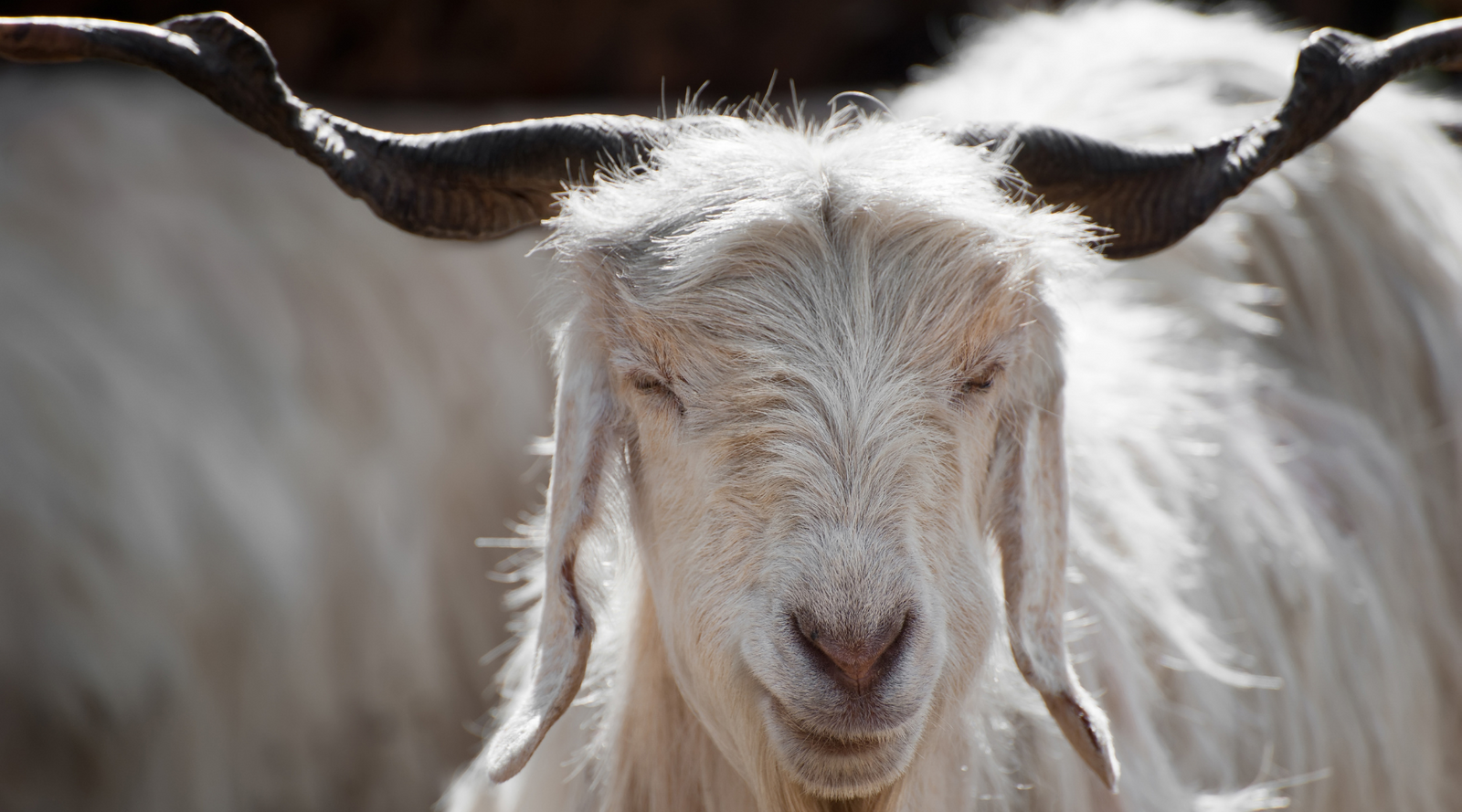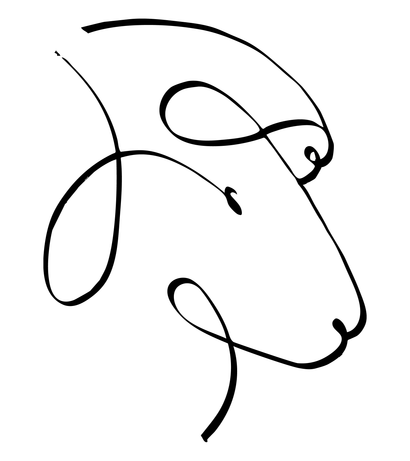Free shipping on all domestic orders over $150
Free shipping on all domestic orders over $150
Shop
Add description, images, menus and links to your mega menu
A column with no settings can be used as a spacer
Link to your collections, sales and even external links
Add up to five columns
Add description, images, menus and links to your mega menu
A column with no settings can be used as a spacer
Link to your collections, sales and even external links
Add up to five columns

What's so special about Cashmere?
November 21, 2022 4 min read
Cashmere. Just say it. Doesn’t the word feel so nice as it rolls off the tongue? And the images it conjures in the mind – incomparable softness and luxury. Working with cashmere is the ultimate experience. But why? What is so amazing about cashmere? Is it really that great, or is it all hype? Let’s talk about it.
What is cashmere?
The word Cashmere is derived from the Kashmir region high in the Himalayan mountains. In these cold mountains a special breed of goat (Capra hircus laniger) grows a soft, warm fleece on their underbelly which keeps them warm in the temperatures that can reach negative 15 degrees Fahrenheit. As the goats moved about the rocky terrain, this underbelly fleece would catch on rocks and scruffy brush and pull away from from the animal. Local Kashmiri craftsmen found that these long fibers could be spun into exceptionally fine soft yarns that were both warm and light.
Is cashmere softer than merino?
At between 14 and 19 microns, cashmere fibers are finer than even the finest merino, so it is softer and silkier than any wool yarn.
Is cashmere warmer than wool?
Yes, cashmere is extremely warm, as you might expect, coming from an animal that survives freezing temperatures. Cashmere is 8 times warmer than wool because cashmere fibers are hollow, allowing them to trap air and insulate you from the cold. Cashmere is also moisture wicking, which means that it can move moisture away from your body, keeping you comfortable as you move from colder to warmer environments.
Cashmere’s hollow fibers also make it extremely lightweight and comfortable to wear.
Is all cashmere the same.
Not in the least. As with all luxury fibers, there is high end cashmere, and there is cheap cashmere. And trust me when I tell you that there is a huge difference.
Luxury cashmere is the finest of the fine. Remember how I said that cashmere can be between 14 and 19 microns. It doesn’t seem like much, just 5 microns, but the difference is discernible. There is also a range of staple lengths in cashmere, just as there is with merino and other sheep breeds. Long staples create the softest, silkiest yarn while shorter staples can be less comfortable to wear as the multiple ends poke out of the yarn and prickle your skin. Additionally, the manner in which the fleece is removed from the animal matters. The best cashmere fibers are removed gently from the animal by combing. The quicker and less expensive method of cutting the fibers from the animal produces a less desirable staple.
The best cashmere available on the planet comes from Todd & Duncan in Scotland. That’s not only my opinion, but the opinion of design houses from Chanel to Harley of Scotland.
Todd & Duncan Cashmere is sustainable sourced from nomadic farming communities in Inner Mongolia where sustainable herding and grazing are practiced, high animal welfare standards are set, and the traditional nomadic way of life is preserved.
The raw fleece is spun in Scotland by Todd & Duncan, a family owned mill that has been spinning luxury cashmere since 1897. The fibers are washed in the beautiful clean waters of Loch Leven, and then dyed before spinning using minimally impactful dyes. The process is environmentally sound, allowing the waters used for processing to be returned to Loch Leven in the National Nature Reserve. Here's my review of the Todd & Duncan Pure Cashmere from Rowan
What are the down sides to cashmere?
Price - cashmere is very expensive. Especially quality cashmere, and I would not recommend getting the cheap stuff. Honestly, you are better off getting a high-quality merino wool and cashmere blend yarn than purchasing cheaply made cashmere.
Remember that cashmere is very very light, and yarn blend percentages are measured by weight rather than volume, so even just 20%-30% cashmere has a very high component of cashmere and will give you much of the softness and warmth you’re looking for in cashmere.
How do you care for Cashmere
Cashmere is rather delicate, especially when wet, so be extremely gentle when washing your cashmere garments. Never put them in hot water and never twist or wring them. That being said, by all means, do wash your cashmere garments as needed. Cashmere, like wool, repels dirt, so your cashmere garments shouldn’t need more than a seasonal washing unless you’ve spilled something on them.
I do not take my cashmere garments to the dry cleaners either. Just use cool water, a capful of Soak or Eucalan, and let it soak for 40 minutes. Then gently lift the garment out of the water, lay it on an absorbent towel, and gently squeeze out the excess water. Shape the garment and let it dry flat.
A quality cashmere sweater, treated kindly, should last a lifetime, not to mention all that delicious time you spend knitting with it. Treat yourself. You deserve it.

